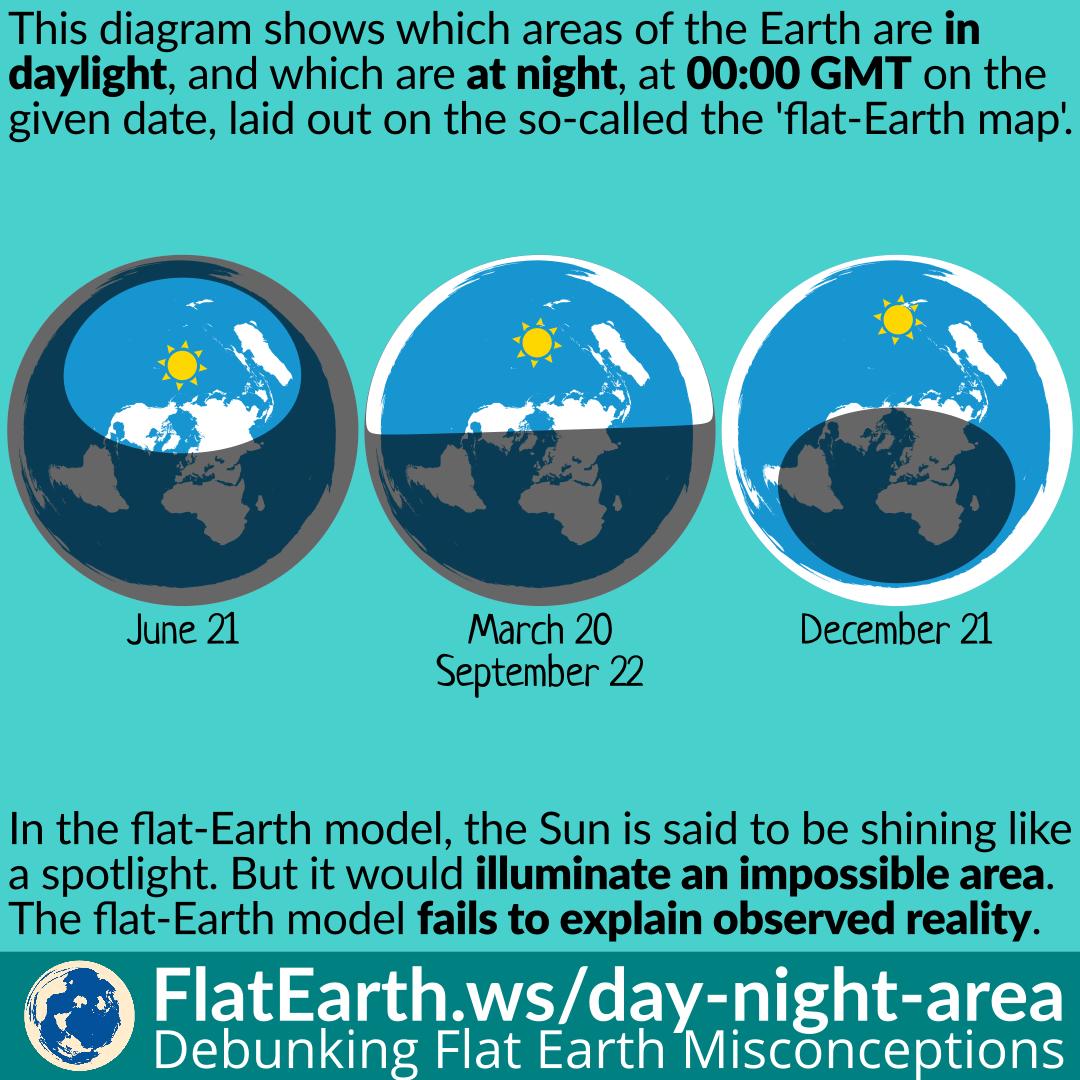The variation of the temperature at the different times during the day is the result of two primary causes: the difference of the thickness of the atmosphere the sunlight must traverse to reach the surface; and the change of the concentration of sunlight over the same surface area of the Earth.
Flat-Earthers claim that the change in Sun’s distance caused such a difference in temperature and that it can only be explained in a flat Earth. They are wrong.
Continue reading “Temperature Variations at the Different Times During the Day”




